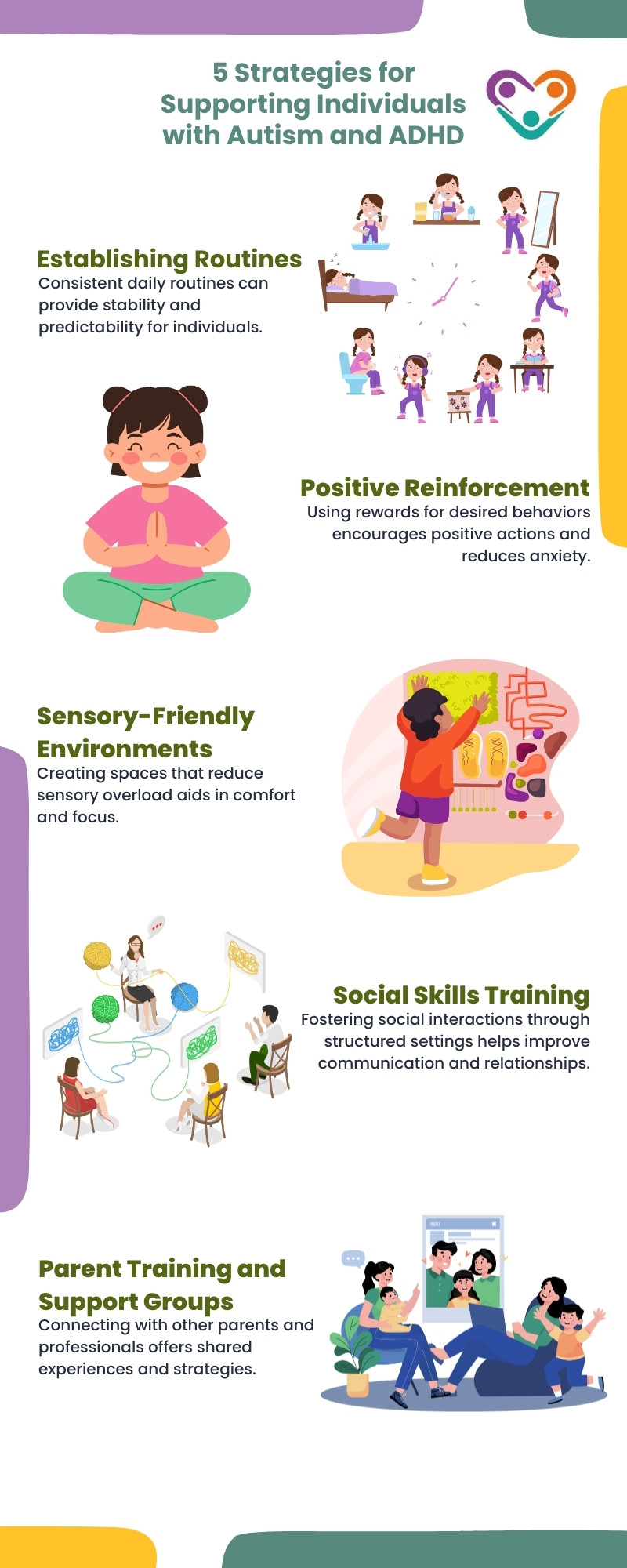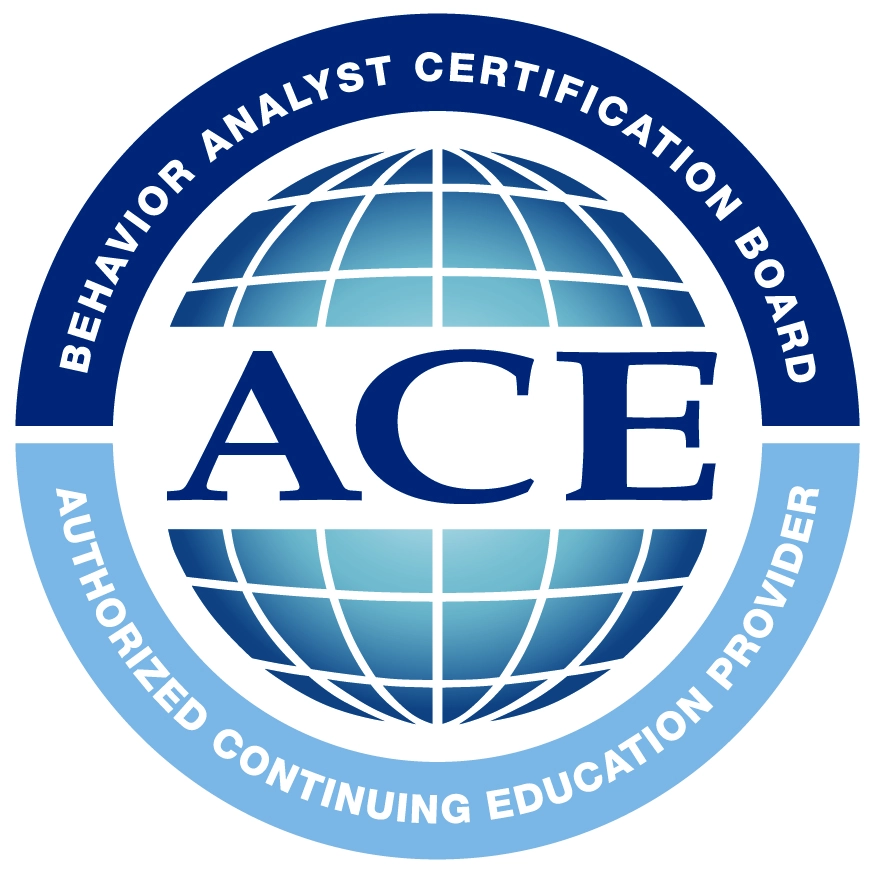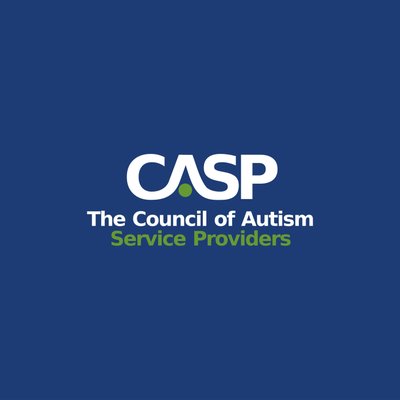Research indicates that autism and attention-deficit/hyperactivity disorder (ADHD) frequently occur together. Studies from 2022 show that between 50% and 70% of individuals diagnosed with autism also exhibit ADHD symptoms. This high prevalence underscores the significance of recognizing the co-occurrence of these two developmental conditions.
Challenges in Diagnosis
Diagnosing autism with ADHD symptoms poses various challenges for professionals. The overlapping features between the two conditions can make it difficult to distinguish which disorder is present.
This is particularly true when symptoms such as impulsiveness, difficulty in social situations, and attention issues manifest similarly in both conditions.
The complexity of dual diagnosis complicates the assessment process, as clinicians may need to navigate a range of symptoms that might overlap. Approximately 21% of children diagnosed with ADHD are also recognized as autistic, resulting in a scenario where many exhibit heightened autistic traits.
More than half of all individuals diagnosed with autism spectrum disorder display signs of ADHD, further indicating the urgency for refined diagnostic criteria.
Understanding these statistics and challenges is crucial for parents and caregivers. Early identification and appropriate interventions can lead to better support strategies for individuals managing both autism and ADHD.
Overlapping Features and Distinctions
Understanding the nuances between autism and ADHD is crucial for effective support and intervention. While these conditions may share some characteristics, noteworthy differences exist that can impact behavior and treatment approaches.
Autism and ADHD can present with similar behavioral patterns, making diagnosis challenging. The overlaps in traits include:
- Difficulty with attention
- Impulsivity
- Social challenges
- Sensitivity to sensory input
Professionals often find it hard to distinguish between the two disorders due to these overlapping features.
However, while autism and ADHD share traits, they also have distinctive features. Understanding these differences is essential for accurate diagnosis and support.
A child with both autism and ADHD may find themselves navigating a complex internal struggle as they reconcile these contrasting traits. Understanding these overlapping features and distinctions helps parents and caregivers tailor interventions effectively.

Heritability and Genetic Overlap
There is a strong link between autism and ADHD, both conditions exhibiting high heritability. Research from 2022 indicates that between 50% and 70% of individuals diagnosed with autism also exhibit symptoms of ADHD. This suggests a significant genetic overlap, where certain genetic factors may contribute to the development of both conditions.
Professionals often find it challenging to distinguish between autism and ADHD during diagnosis. The overlapping features in how these conditions present themselves can complicate the diagnostic process.
The presence of both autism and ADHD can impact an individual’s traits and behaviors significantly.
Although there are many similarities between the two conditions, notable differences exist. Individuals with ADHD may crave novelty and often exhibit impulsivity. In contrast, autistic individuals usually seek routine and familiarity.
This dual diagnosis can lead to an internal struggle, as the contrasting behaviors can create confusion and frustration. For example, an autistic person with ADHD may find it challenging to balance their desire for routine against impulsive urges for new experiences.
Understanding these genetic and behavioral links is crucial for parents and caregivers. It can aid in recognizing patterns and implementing effective interventions tailored to the unique needs of individuals navigating both autism and ADHD symptoms. For deeper insight into how these traits may present differently in women, especially through masking behaviors, explore our article, The Implications of High Masking in Women with Autism.
How to Manage Autism with ADHD
Managing the unique challenges associated with autism and ADHD symptoms requires a multifaceted approach. Effective treatment plans often involve a combination of therapies tailored to the individual’s specific needs.
Some key treatment strategies include:
- Behavioral Therapy: Focuses on modifying specific behaviors through reinforcement and skill-building.
- Cognitive Behavioral Therapy: Helps individuals recognize and change negative thought patterns, improving coping skills.
- Medication: May be used to address specific symptoms, such as impulsivity or anxiety, under the guidance of a healthcare provider.
- Occupational Therapy: Aids in developing daily living skills and sensory processing abilities.
- Speech Therapy: Supports communication skills, enhancing social interactions and understanding.
Often, successful intervention involves collaboration among healthcare professionals, including psychologists, speech therapists, and occupational therapists.
Parents and caregivers play a vital role in supporting individuals with both autism and ADHD symptoms. Implementing effective support strategies can lead to improved outcomes. Here are some key strategies to consider:

These strategies are essential in creating an environment where individuals can thrive. Support from family and the community enhances the effectiveness of treatment approaches, allowing individuals to manage their symptoms more effectively while promoting their strengths.
Awareness of the unique challenges associated with dual diagnoses can empower parents and caregivers to provide comprehensive support.
Navigating Dual Diagnosis
Dealing with autism with ADHD symptoms can be a complex journey for individuals and their families. Caregivers and parents should explore effective coping mechanisms and strategies to create a balanced lifestyle.
Individuals diagnosed with both autism and ADHD may face unique challenges due to overlapping features. Parents can consider the following coping mechanisms to help manage these conditions:
- Creating a structured daily routine can provide a sense of predictability for the individual, aiding in stability.
- Practices like deep breathing, meditation, or yoga can help in managing anxiety and improving focus.
- Providing designated breaks for sensory regulation, such as quiet time or engaging in a preferred activity, can reduce overwhelm.
- Utilizing visual schedules or charts can help in maintaining routines and providing clear expectations.
- Encouraging desired behaviors through rewards can motivate individuals and improve their self-esteem.
By employing these coping mechanisms and strategies to find balance, individuals with autism and ADHD can build a supportive environment that acknowledges their unique traits while promoting growth and understanding. For a deeper look into the history and recognition of autism, explore our article, When Was Autism Identified?
The Bottom Line
Autism and ADHD actually often go hand in hand, and this creates unique challenges in diagnosis and daily life. Because these two conditions share many traits yet differ in key ways, understanding both the overlap and the distinctions is crucial.
With early recognition, tailored therapies, and supportive strategies, individuals can thrive despite the complexities of a dual diagnosis. At Golden Care Therapy, we provide high-quality ABA therapy designed to meet each child’s unique needs. Our team is committed to delivering compassionate, effective care through autism services in New York, New Jersey, Indiana, Georgia, and Florida. If you’re looking for guidance and support, don’t wait to contact us today so we can talk about how we can help your child grow with confidence.
Sources:



